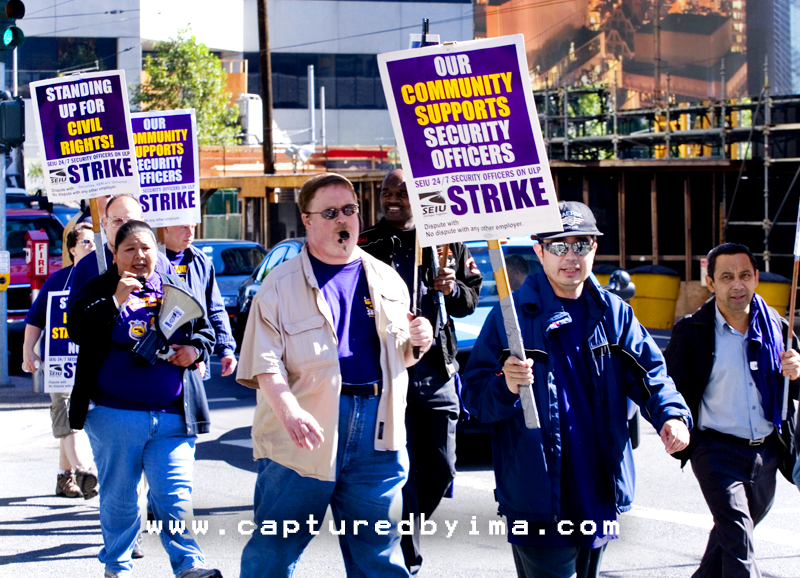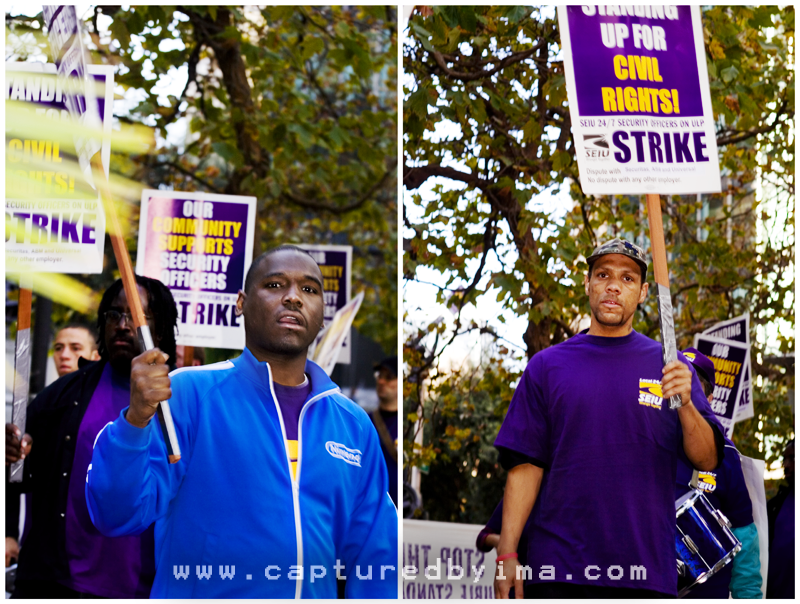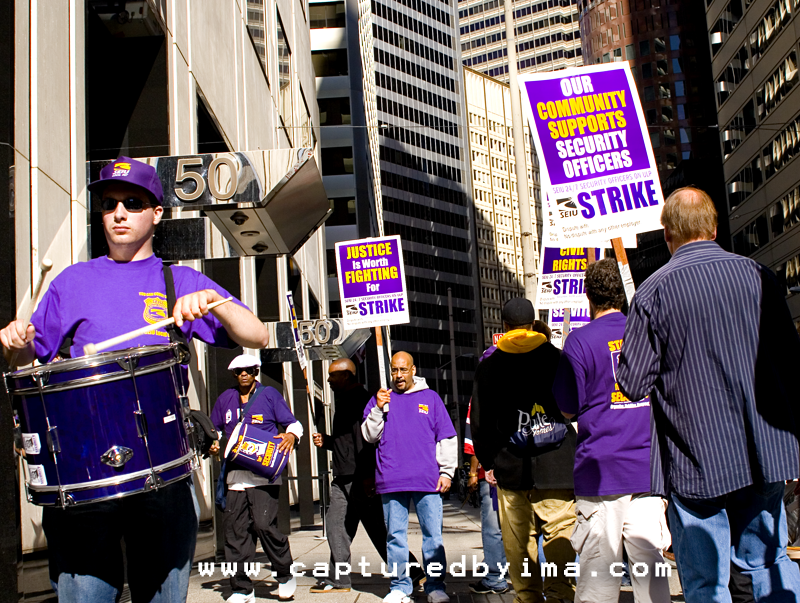
During the late 1800s, labor leaders decided that hardworking Americans deserved a holiday of their own. After 1894’s monumental Pullman Railroad strike, Congress decided to federalize this holiday.
The Pullman strike had such wide-ranging implications that less than a week after it ended, then-President Grover Cleveland signed Labor Day into law. Considering that both U.S. soldiers and federal law enforcement officers killed a number of strikers, this was the least that he could do.

Prior to the organization of labor unions, blue collar workers were subject to gruesome employment. Their jobs in the mines, in the factories, or under the burning sun left them exposed to considerable danger. Minimum wage laws were a long way off, and health insurance was non existent then.

Then there is the Gilded Age’s near-total lack of workplace sanitation and fair pay standards. Scores of long-pressed laborers eventually got together and formed unions. As individuals, they were all but powerless to bring about positive change. In large groups, though, they managed to secure the American Dream not only for themselves, but generations to come.

